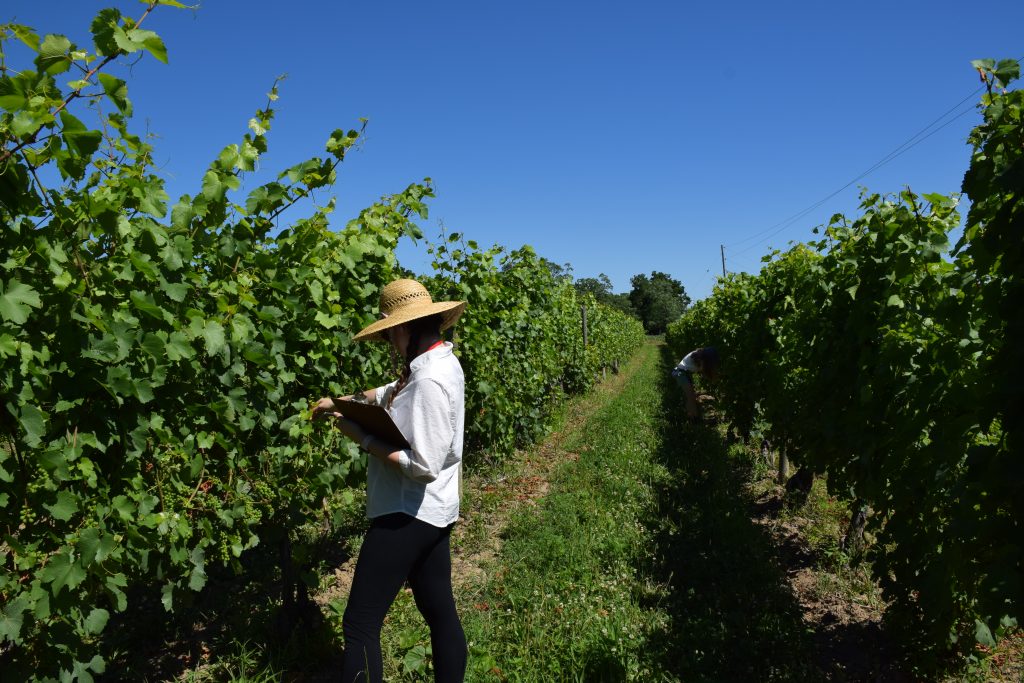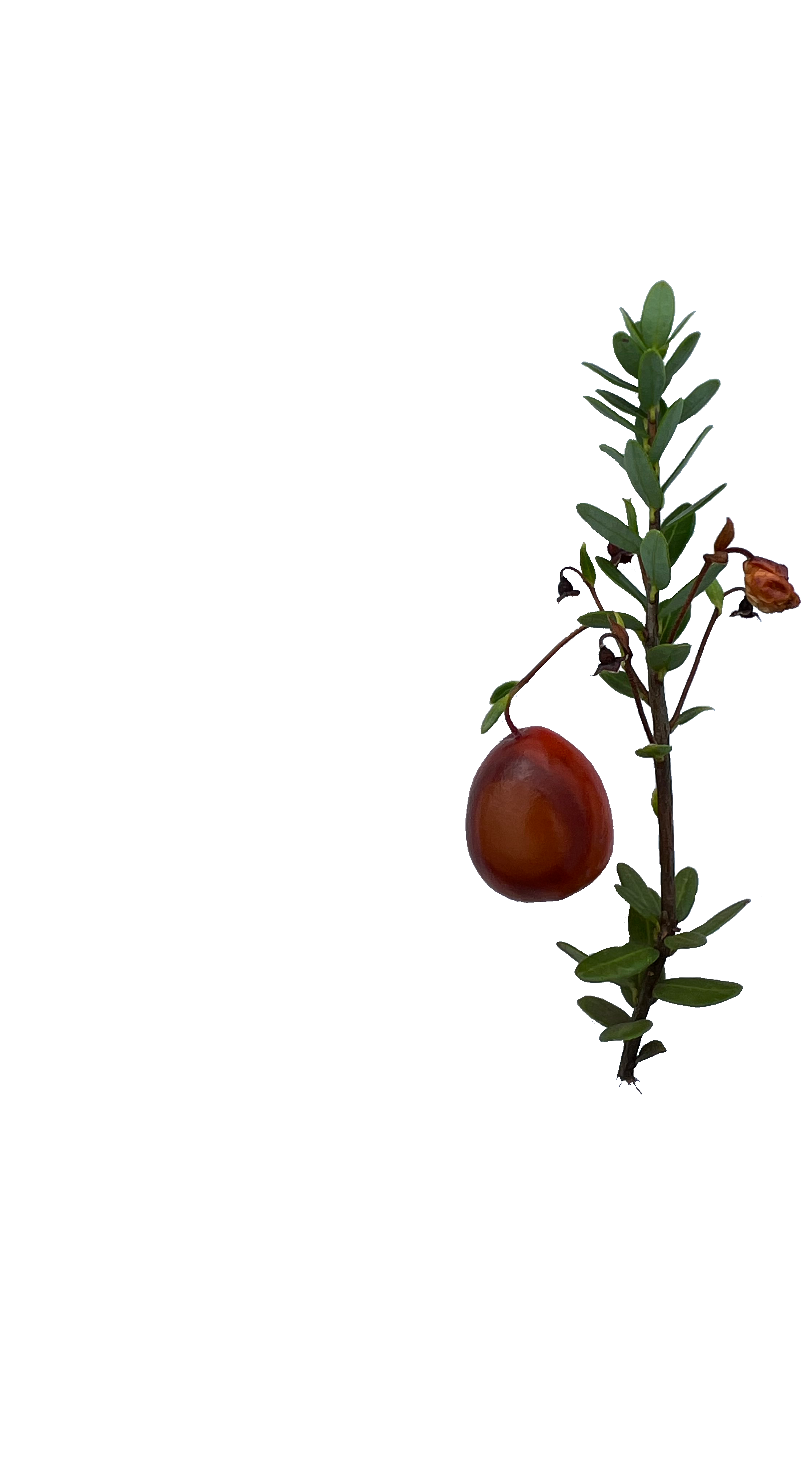Position: ORISE Postdoctoral Fellow in the USDA Genomic Improvement for Fruits and Vegetables Lab (GIFVL)
Location: The Marucci Center in Chatsworth, New Jersey

What is the project you’re working on for SAME about?
My objective is to understand how different cranberry cultivars respond to environmental stress and fruit rot infection. Right now, I am analyzing data from our established multi-location cranberry evaluation trials located in NJ, OR, WA, WI, and British Columbia. This data includes important traits such as fruit yield, weight, quality, and fruit rot severity, as well as weather data. By looking at how these cultivars are growing year after year in diverse regional climates, we can identify when these valuable traits are a result of genetics and stable across different environments. The goal is to identify which of these cranberries are genetically superior and would be valuable for breeding future commercial cultivars. And once I make more headway on that front, I’m very excited to work on developing in-season fruit rot prediction models!
What is something you like or find most interesting about your work?
My favorite part of this work so far has been learning more about cranberry cultivation. My PhD research at Cornell University had me spending my summers in a lot of commercial wineries’ vineyards in the Finger Lakes Region of Upstate New York. It was stunningly beautiful, but the world of cranberries is completely different and so fascinating! Production is happening on a much larger scale, and I’m looking forward to the 2024 growing season and finally meeting the creatures I’ve heard like to live in the bogs. Another thing I love is that cranberries have been extremely valuable to Indigenous people for a very long time. I am trying to find ways to connect to local tribes and find out what they learned about this intriguing and sour little fruit.
What are some challenges in your project?
I think the hardest part of this project so far is in developing new methods for perennial crops like Vaccinium species. So many of the world’s greatest breeders have developed computational tools to allow us to analyze these large datasets more efficiently than ever, so that we can get the best possible cultivars out to you even faster to help us fight off heat stress and fruit rot in our bogs. However, these tools were all developed for annuals such as wheat, rice, or corn! While I simply just love a good challenge, I think the most exciting part about this is that once we develop and fine-tune these tools, our colleagues breeding other perennial crops can use them too.
What do you hope to do in the future after your work here?
It is my goal to be able to continue doing research in the plant sciences and address complicated issues like abiotic stress and opportunistic pathogens that are increasing due to climate change over the next couple decades. I also love teaching and mentoring the next generation of scientists, especially scientists from diverse backgrounds. It is my dream to return to my alma mater (RIT/NTID), a place built for transdisciplinary innovation and where Deaf and hearing worlds collide, to mentor the next generation of scientists in plant sciences and computational biology.
Anything else would like to add?
I am DeafBlind due to a genetic condition called Usher Syndrome, and I was told to choose a career that suits my disabilities growing up. I didn’t listen, and chose to be a trailblazer. I think that having diverse people and perspectives in science, allows us to create more sustainable, holistic, and innovative solutions to the world’s problems. Also, I have a website at www.breannekisselstein.com in case you’re interested in learning more about me or my research experiences!
